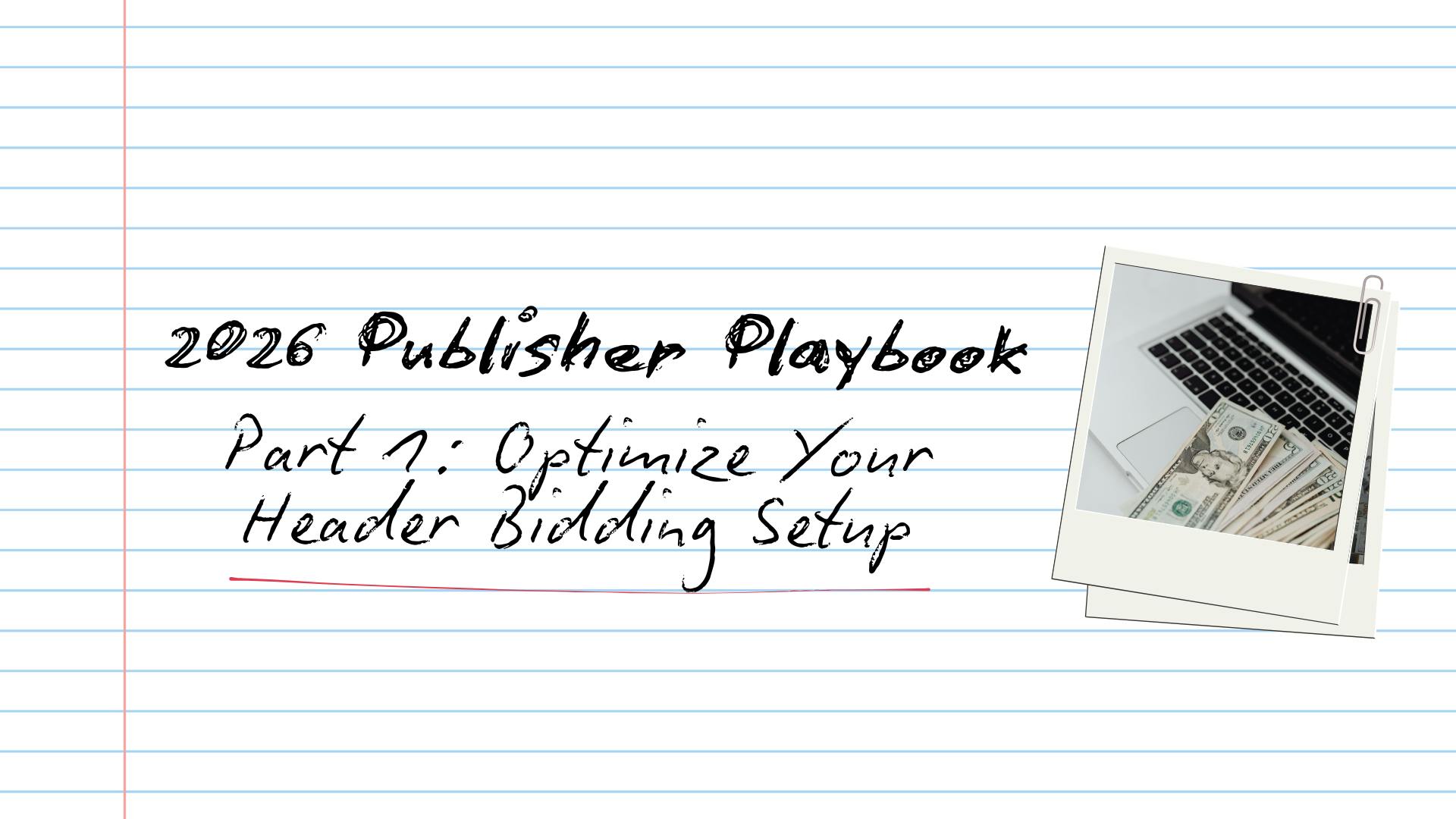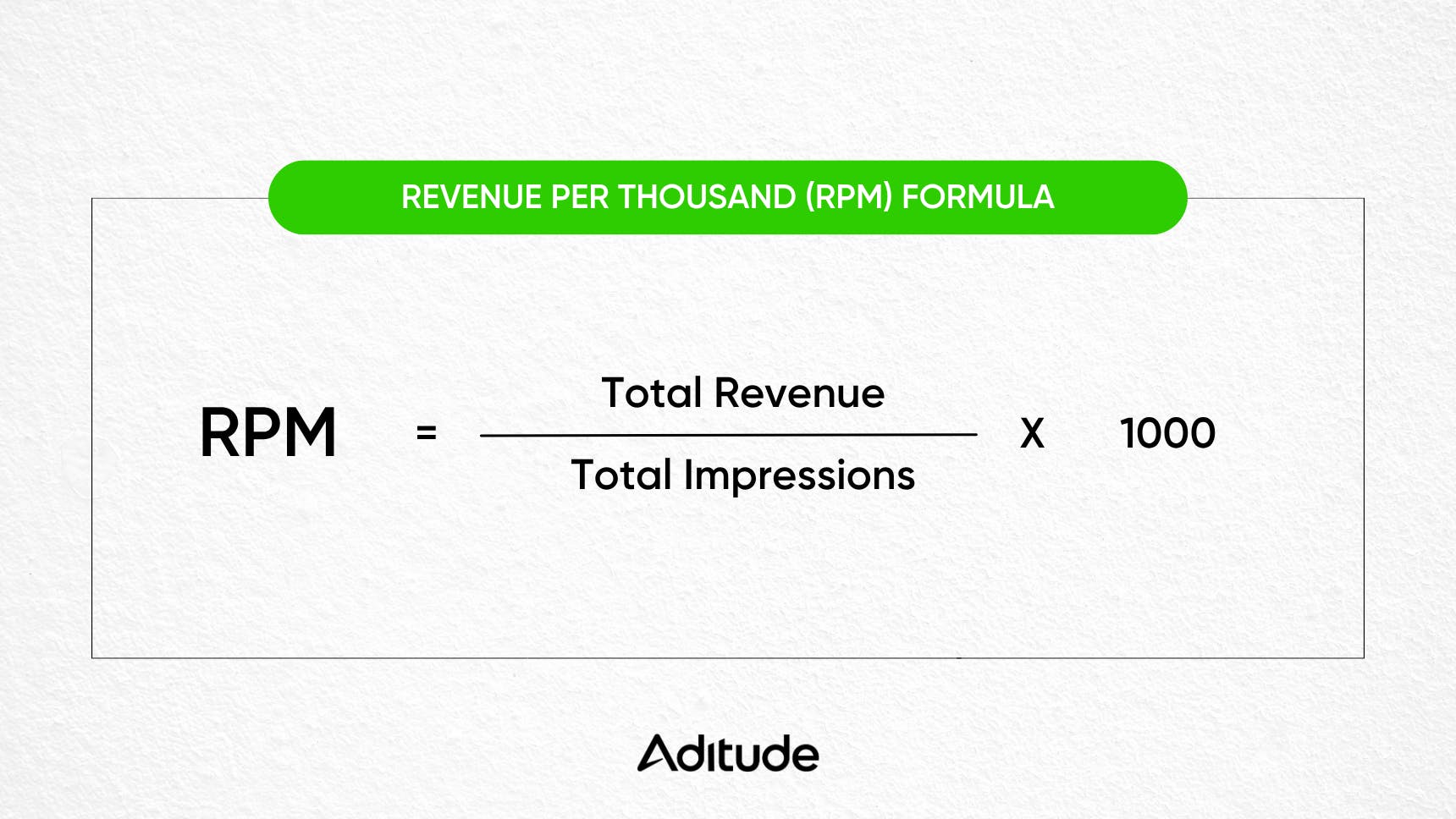From Request to Opportunity: Redefining a Basic Programmatic Term for a Publisher-Empowered Era

The language we use shapes our perception of reality. In the complex, rapidly evolving world of programmatic advertising, the term "bid request" has long served as the descriptor for the initial signal in an ad auction. However, this term, spawned in the early days of the ecosystem, increasingly fails to capture the nuanced reality of modern digital advertising. “Request” portrays publishers as passive parties hoping for bids, rather than active participants who have a sense for what the value of a given reader should be.
Reframing these signals as "impression opportunities" represents more than semantics; it signifies the evolving power dynamics, technological advancements, and growing agency of publishers in programmatic transactions. We are entering an era of publisher empowerment, and with software like Aditude’s Cloud Wrapper and Serve (formerly known as Tude Server), media owners of today can do much more than “request” that someone buys their inventory. They can sell it with confidence.
Historically, the term "bid request" wasn't entirely inaccurate. In the beginning of real-time bidding (RTB), publishers played quite a passive role. The value determination for an ad impression was heavily skewed towards the buyers, who made their audience match through the use of third-party cookies. To say that there was an informational advantage held by DSPs would be underselling it. Publishers had limited visibility and even less control over these cookie syncs. The dynamic was clear: publishers requested bids, essentially asking the buy-side, "I have a potential ad slot here, what will you pay for it?" Buyers determined that value.
The programmatic ecosystem of today bears little resemblance to that earlier model. For starters, as much as half of most web traffic now lacks any third party cookies, following Safari and Firefox’s removal of them at the start of this decade. What is available are first party cookies, the ones which allow publishers to know things like whether a user has visited before, and what their content consumption patterns look like. Publishers also can establish histories on yield per user over their past visits, and know if someone is a fly-by social media visitor or an engaged reader who came in purposefully through search.
Media owners are no longer just in the business of being conduits for cookies; they are curators of audiences and outcomes. All this to say: publishers now possess a much richer understanding of what they are actually offering. There has been great efforts over the past few years to scale up authenticated audiences, either by requesting free accounts be created, or by growing newsletter programs. Either of those routes lead to knowing a user’s email address, a wildly valuable asset, hard to obtain, which should command a premium for the publisher providing it for an advertiser to match to (likely via an encrypted token like UID2).
The concept of an "impression opportunity" repositions the publisher from a passive asker to an active participant – a seller proactively presenting a distinct commercial opportunity to the market. What’s being presented is no longer a generic request, it's a specific, data-enriched proposition – an offer. Technological evolution on the supply side, like the suite of products offered by us here at Aditude, provides the infrastructure for this active role to be played by our customers. Today’s programmatic publisher controls the dynamics of each auction with much more finesse, by setting price floors and authorizing data access per bidder in the auction. They also now have access to real-time analytics, like those offered in Aditude’s Insights Platform, and tools to diagnose issues and observe the auctions as they play out, like Debug.
Reframing "bid requests" as "impression opportunities" carries significant implications. It encourages a mindset shift across the industry, prompting buyers to view publishers less as passive sources of impressions and more as strategic partners offering valuable, curated access to audiences and inventory. It better reflects the value proposition in a less-cookied future, where publisher first-party data and contextual relevance become paramount – attributes inherent in the offer, not just discovered by the bidder. This change in language can foster greater respect for supply quality and encourage more direct, transparent relationships.
Adopting terminology like "impression opportunity" is a crucial step in aligning our industry's language choices with the sophisticated, publisher-empowered reality of modern programmatic advertising.




